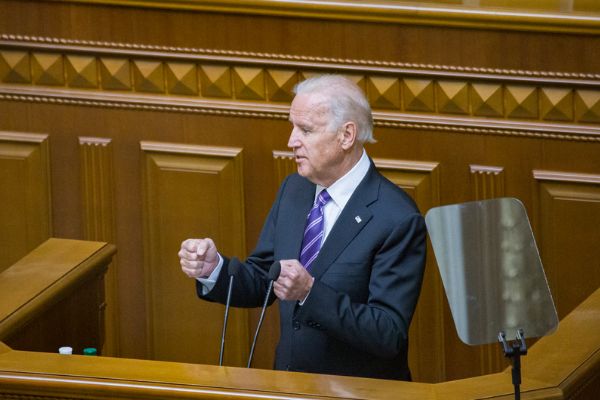
By 2032, the majority of new car sales will be electric thanks to the “strongest-ever” vehicle pollution rules that the Biden administration’s EPA adopted on Wednesday.
For model years 2027 through 2032 and beyond, the EPA released the “final national emission limits for passenger automobiles, light trucks, and medium vehicles.” Even though the department lowered the rules by permitting a longer rollout after automakers deemed its first plan unworkable, it nonetheless referred to the laws as the “strongest-ever emission standards for autos.”
The restrictions, according to the claim, would “avoid over 7 billion tons of emissions and give almost $100 billion of yearly benefits, including $13 billion in public health benefits due to improved air quality and around $62 billion in lower annual fuel costs, as well as repair costs for drivers.”
Additionally, the EPA asserted that throughout the course of a vehicle’s life, drivers would save, on average, $6,000 in fuel and maintenance expenses.
The new rules from the EPA would “solidify the nation’s leadership in constructing a clean future and producing good-paying jobs, all while furthering Biden’s historic climate agenda,” according to EPA Administrator Michael S. Regan.
“The rules will reduce more than 7 billion tons of climate pollution, enhance the quality of the air in overburdened communities, and provide drivers with more affordable, environmentally friendly car options. Regan asserted, “Under President Biden’s direction, our Administration is combining unprecedented investments with strict regulations to boost American manufacturing, fortify domestic supply networks, and generate well-paying employment.”
The EPA’s pollution reduction objectives will be unaffected, he told reporters.
According to the New York Post, Regan said, “Let me be clear: Our final rule offers the same, if not greater, pollution reduction that we put forth in our proposal.” “People, these new guidelines are crucial for the environment, American employment, public health, and our economy.”
Republicans claim that by requiring American customers to switch from gas-powered automobiles, the new requirements will artificially raise demand for electric vehicles, branding them as an “EV mandate.”
“You know, maybe some would want for it to be an EV requirement, but that obviously is not the case when you look at the numerous avenues firms may take to comply,” Regan said in response to his criticism.
“By not requiring a specific technology, we are remaining fully within the bounds of the law and our legislative power,” he asserted.
President Biden’s National Climate Advisor, Ali Zaidi, praised the president for his support of unions and for “investing in America” and the middle class. Biden’s “plan is working,” according to Zaidi, to provide Americans with more options when it comes to cars.
In an effort to encourage drivers to convert to hybrid and electric cars, the rules specifically target gas-powered automobiles. By 2032, officials anticipate that the rules will guarantee that over 56% of newly marketed automobiles will be electric.
The Alliance for Consumers’ executive director, O.H. Skinner, stated to the Daily Caller News Foundation that the Biden administration is “doubling down” on its push to “forcibly remove most cars that everyday consumers currently use.” Based on these new emission standards, Skinner said.
Skinner refuted the administration’s assertion that Americans would save money by switching to electric vehicles.
“A transition to electric vehicles along the lines the EPA has announced will make things worse for everyday Americans while costing them more for having their lives inconvenienced,” Skinner told DCNF, “even though an extreme EV mandate might be popular in progressive enclaves and with federal employees who live in Washington, D.C.”
Blaze News previously reported that the Biden administration announced an energy grid proposal last week for long-haul freight vehicles fueled by hydrogen and electricity. Installing charging and refueling stations along 12,000 miles of busy routes is the goal of the 16-year infrastructure plan.
These content links are provided by Content.ad. Both Content.ad and the web site upon which the links are displayed may receive compensation when readers click on these links. Some of the content you are redirected to may be sponsored content. View our privacy policy here.
To learn how you can use Content.ad to drive visitors to your content or add this service to your site, please contact us at [email protected].
Family-Friendly Content
Website owners select the type of content that appears in our units. However, if you would like to ensure that Content.ad always displays family-friendly content on this device, regardless of what site you are on, check the option below. Learn More




